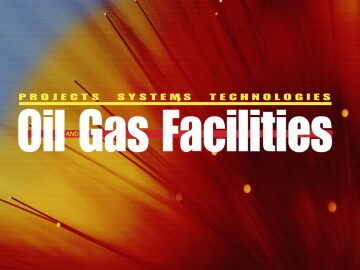
Summary
This paper analyzes the various selection methods of integrated template structures (ITSs) for use in the Arctic environment. First, an analysis of several actual projects is carried out, with the specific features of each described thoroughly. An important part of the work is devoted to the requirements of ITSs conceived in relevant NORSOK (Norsk Sokkels Konkuranseposisjon), International Organization for Standardization (ISO), and DNV (Det Norske Veritas) standards. The main elements of subsea production modules are examined in this work, along with their specific characteristics and components.
Operation and installation of subsea modules in the Barents Sea are also analyzed in this paper. Four scenarios, with differing numbers of ITSs (two, three, four, and six) and differing quantities of well slots in each, are considered. For each scenario, a study of related marine operations (required for installation) is performed, and a program for installation-cost estimates is developed, resulting in the determination of an optimal design for the ITSs. Various parameters affecting the cost of subsea infrastructure are analyzed and studied from different perspectives (e.g., geometrical well-pattern systems, distance between drilling slots, drilling and construction costs). Risk analyses of the threats and consequences involved in the process are performed, and risk-assessment matrices and mitigation actions are established. As a result, a model for selecting an optimal ITS for the Arctic/Sub-Arctic region is created.
Read or download the full SPE paper 166879-PA.
